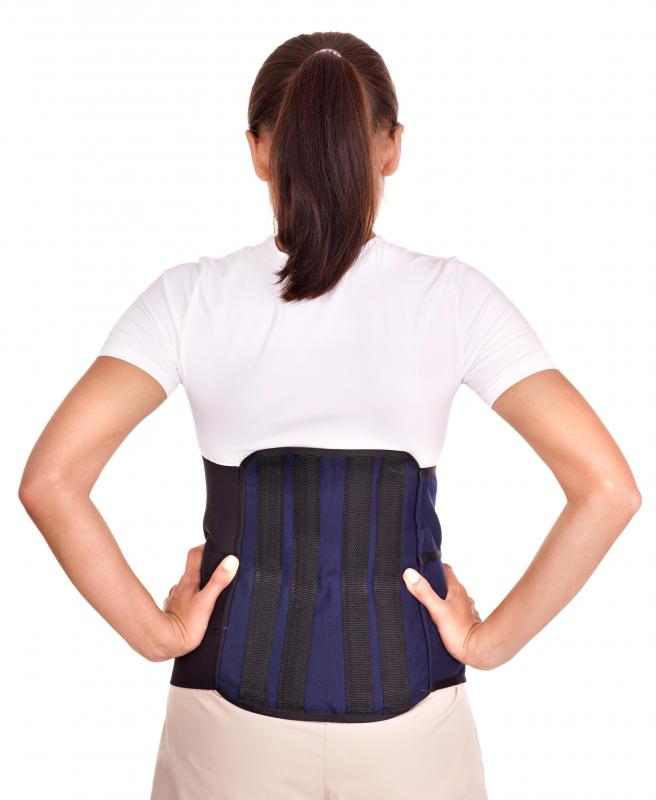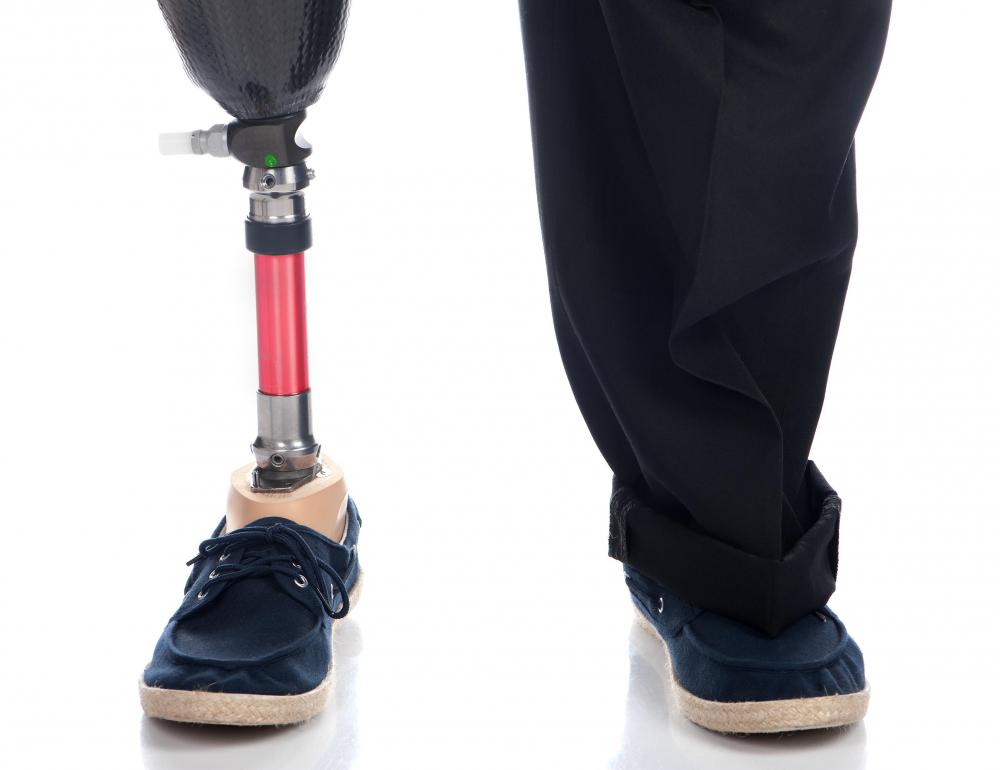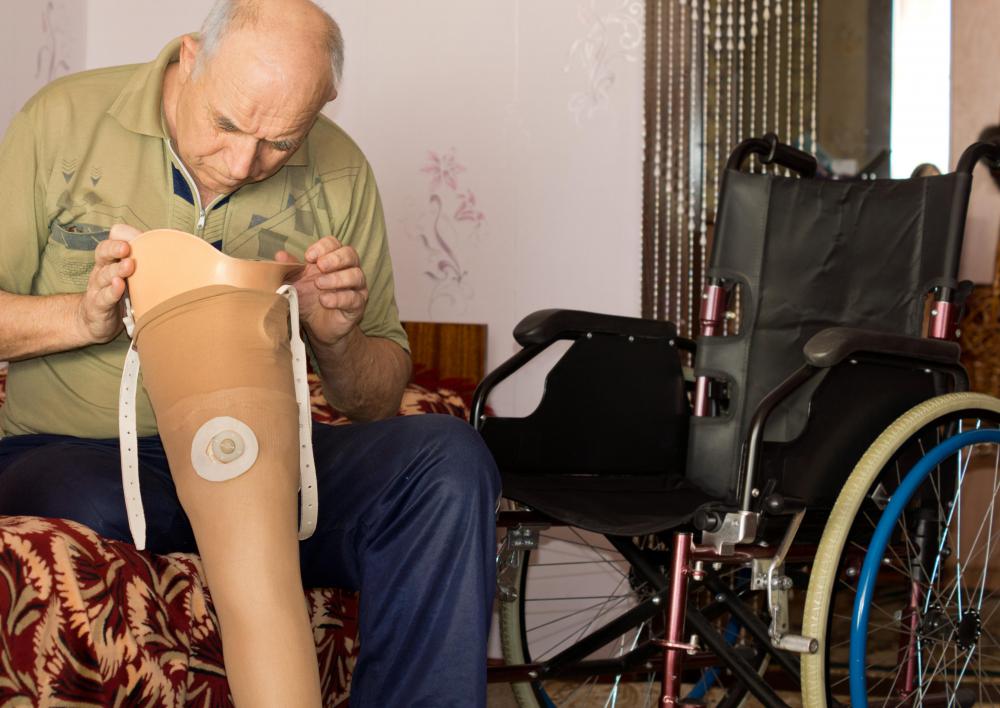At TheHealthBoard, we're committed to delivering accurate, trustworthy information. Our expert-authored content is rigorously fact-checked and sourced from credible authorities. Discover how we uphold the highest standards in providing you with reliable knowledge.
What are the Different Kinds of Orthopedic Appliances?
Orthopedic appliances, also known as orthotics, are used to stabilize, support, and correct problems with the development and function of muscle and bone. They are used mainly in the branch of health care known as orthopedics, or orthopaedics, the medical specialty dealing with the musculoskeletal system. This system includes the muscles, bones, ligaments, joints, and connective tissues, and studies how these parts develop, function, and work together. Orthotic devices usually limit or prevent movement, or hold a body part in a certain position so that further injury or deformation is prevented, so that healthy and normal development can occur.
A variety of different conditions use orthopedic appliances for both treatment and management. One of the most commonly known orthopedic appliances is an orthodic insert, which provides arch support in shoes. Orthopedic devices are also commonly used after traumatic events, such as car accidents, to support potentially injured spines. Children with disorders affecting the musculoskeletal system may need to wear orthopedic appliances to ensure healthy and functional muscle and bone growth and development.

Orthopedic appliances are used for both short and long term treatments. A brace used while a muscle injury heals in order to prevent movement that might re-injure the muscle is an example of a short-term orthopedic appliance use. Long-term use is more common in genetic disorder treatment or in cases of severe trauma that, without the appliance, would result in serious mobility restrictions or disability. Muscular dystrophy and scoliosis are two genetic disorders requiring the long-term use of an orthopedic appliance. Elderly people may need orthopedic appliances for mobility, particularly if they develop severe arthritis or other conditions that limit movement or make movement painful.

Prosthetics are often included under the category of orthopedic devices, but they are also a specialty in their own right. Prosthetic limbs are used to restore limb functionality in patients who have lost or damaged a limb, such as allowing someone who has lost a leg to walk again on a prosthetic leg. They are also available for people who were born with missing or deformed limbs.

Orthotic appliances may be used in combination with treatments such as surgery and physical therapy to help patients with complex concerns. Orthotics are also one of a variety of tools used in multiple disciplines and specialties such as orthopedic surgery, physiotherapy, sports medicine, podiatry, and dentistry. They can also be used in veterinary medicine, since orthopedic braces in particular are used for animals that have been injured or suffer from musculoskeletal disorders.
AS FEATURED ON:
AS FEATURED ON:















Discuss this Article
Post your comments